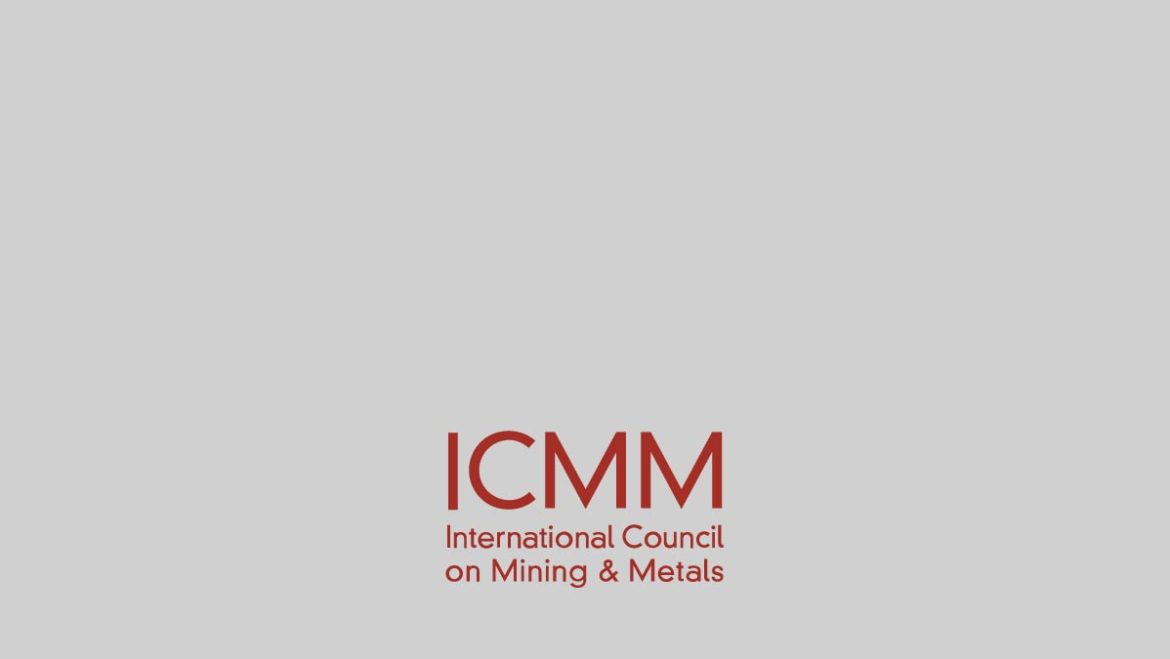In 2010, Teck took preparatory steps for a potential reopening of its Quintette steelmaking coal mine, located in northeastern British Columbia, approximately 15 kilometres southeast of the town of Tumbler Ridge within Treaty 8 territory. This included submitting a Joint Application for Authorizations to regulatory agencies on 31 March 2012. Prior to submission, Teck conducted extensive engagement activities with First Nations and other Aboriginal groups with the aim of including their interests and concerns, along with possible mitigation and accommodation measures, directly in the application. During this period, a group of Treaty 8 First Nations expressed their desire to co-operatively carry out an independent review of Quintette’s Joint Application with external technical support, a similar process they previously undertook with another mining company operating in the region.
Teck agreed to provide support for a consultancy that would be chosen and directly managed by the First Nations. Through this collaborative process, the First Nations had full technical ability to review the application, which enabled both sides to focus on solutions rather than what constituted impacts or areas of concern.
External consultants worked with the First Nations to review the applications and then summarized the concerns and interests into 15 disciplines, including such topics as vegetation, wildlife, groundwater, human and ecological health, cumulative effects and reclamation. Teck and its consultants worked directly with the First Nations to develop appropriate responses and next steps for the identified concerns and interests. This began with face-to-face technical discussions to sort out more straightforward issues such as calculation errors and questions for clarification. More complex issues, such as potential impacts to wildlife, were addressed through workshops with discipline leads, First Nations representatives and Teck.
These workshops led to the joint development of 47 work plans, ranging from revising reclamation prescriptions based on historical pre-disturbance vegetation to conducting an overwintering fish and fish habitat survey. Some of these work plans set out to address issues that exist outside of Teck’s direct sphere of influence, such as those related to cumulative effects in the regional assessment area. In those cases, Teck worked with its regional neighbours to fulfil the obligations of the work plan, utilizing previously established data-sharing agreements and identifying areas of co-operation between environmental departments.
Prior to the finalization of the work plans, they were presented, along with a summary of the entire review, to the members of each participating First Nation. The entire process took 12 months to complete. Most of the work plans were completed prior to Quintette receiving its regulatory authorizations and, at the time of writing, only one remains incomplete.
Some lessons were also learned through the experience. For example, many of the issues and concerns identified through the process could have been averted if the First Nations had been involved with baseline scoping during the earliest stages of application preparation. It was also clear how important it is in these processes to establish a strategy for representative continuity in order to be prepared for any changes that may arise in the composition of the review team, particularly for longer processes where it is probable that new individuals will likely become involved.
Since the process concluded, First Nations and the provincial reviewing agencies have stated their appreciation for the effectiveness of the independent review and the collaborative tone it struck among all that were involved. This sentiment has also been expressed by these same groups at numerous industry events, regional meetings and community gatherings. Teck has benefited through the establishment of solid working relationships with each of the First Nations that is built on trust and mutual respect. The thoroughness of the review helped establish a level of comfort and confidence that the resulting project was accepted in the eyes of the First Nations community members.

